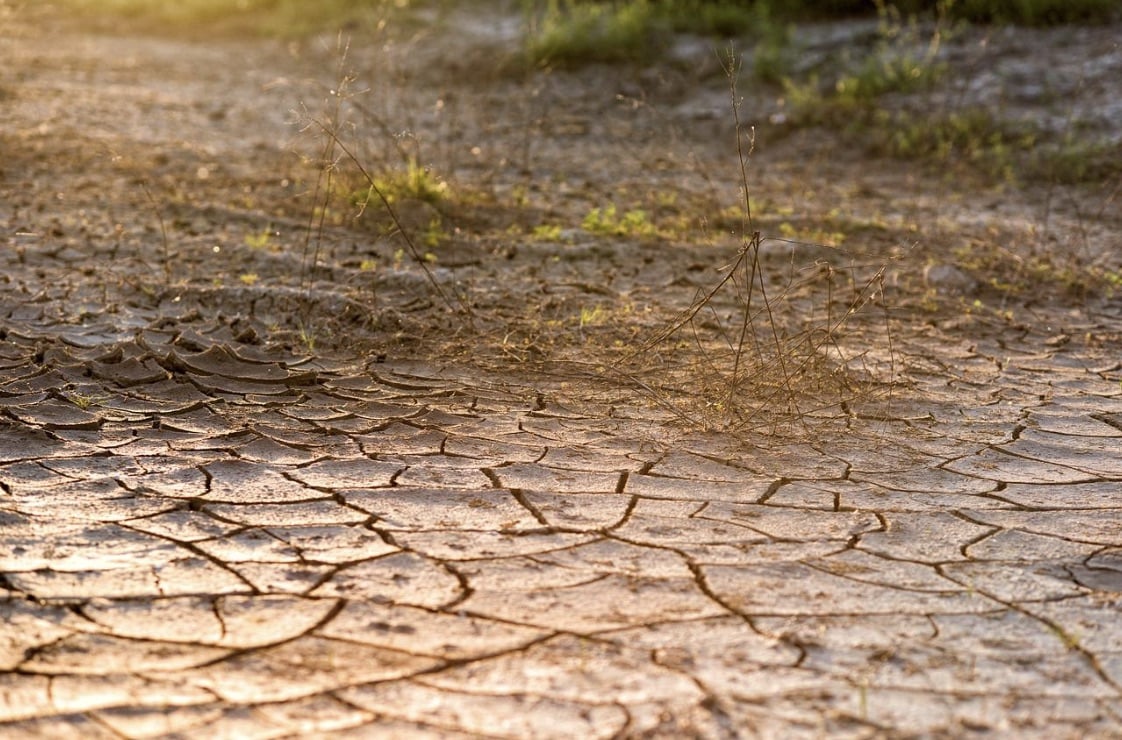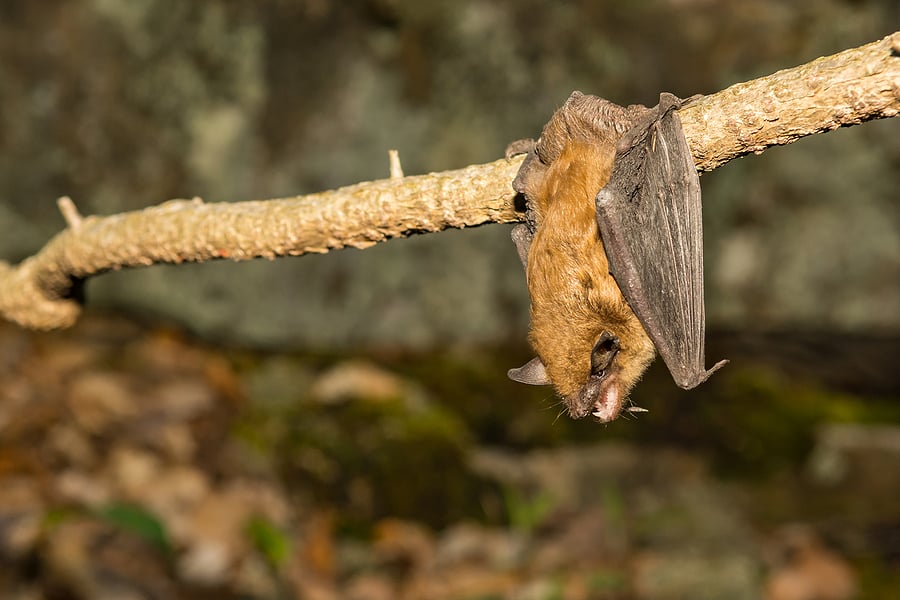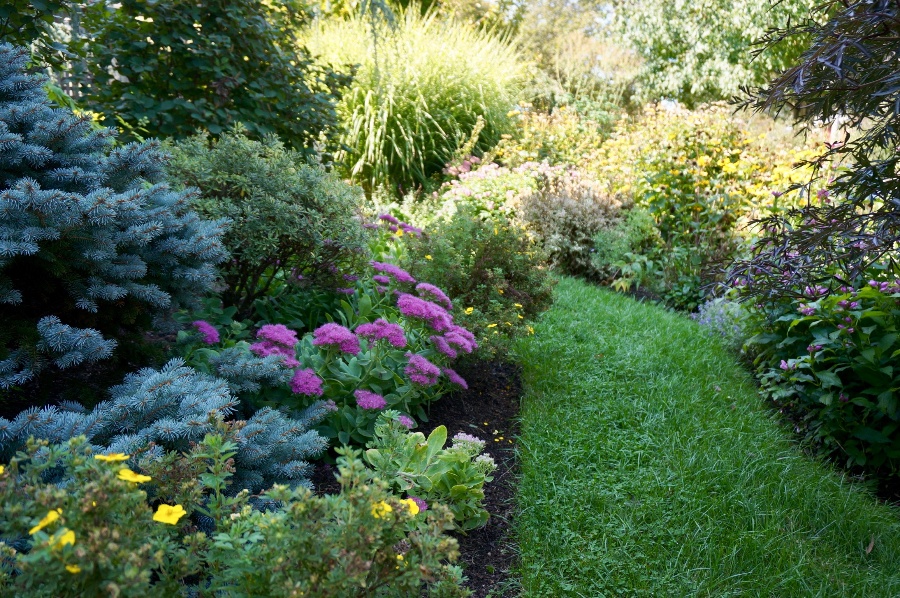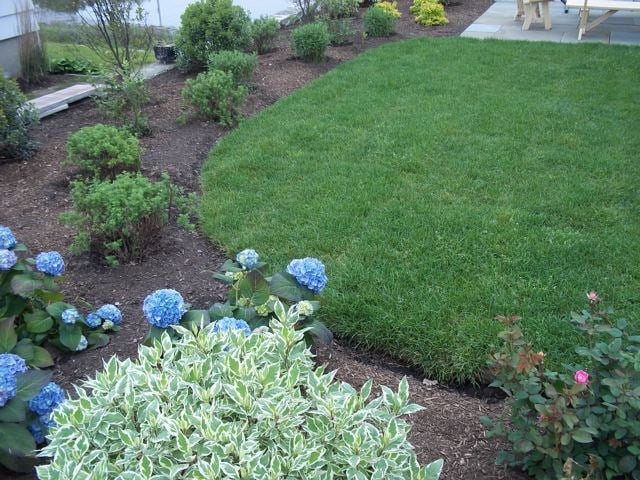Supply chain shortcomings are topping news headlines left and right lately, and it’s not just the latest cars and electronics being affected. Food shortages and price increases are becoming the new normal, and many people are beginning to look for places outside of the grocery stores to source their food.Luckily, you don’t have to look any farther than your backyard. Organic gardening can be a great way not only to decrease your reliance on grocery stores, but also trim your grocery bill, and decrease your carbon footprint all at the same time!
Why Should We Grow Our Own Food?
As with most things, growing food is far easier at a smaller scale. Nearly all of the things that cause large scale farms to be expensive to run and harmful to the environment are not applicable to home gardening. Weeds and pests can be easily managed on a small scale, setup and maintenance can be managed with no need for gas guzzling farm equipment, and transporting equates to the distance of the walk from your garden to your kitchen. Growing just a few of the foods you use regularly takes a minimal amount of space, can make a beautiful addition to your landscaping, and save a non-trivial amount on your grocery bill.
Environmental Impact of Large Scale Farms
As the production of food increases to keep up with demand, the environmental cost is also increasing. Despite continual growth of production, the number of farms have fallen steadily. Small farms are shutting down in favor of large scale farms. This large-scale farming is well known to cause devastation to the local environment. Genetically modified seeds, fertilizers, and pesticides are used to improve yields and decrease losses, and more and more natural landscape is being cleared to be farmed. Also, all of that fuel used to produce and transport food creates greenhouse gasses leading to global warming,
Getting Started
While it may be tempting to jump right in, there’s a few things to consider before planting your first seeds. A well thought out vegetable garden will not only look nicer in the long term, but will also require less maintenance, and produce more home grown food for you and your family to enjoy.
Planning
The first thing to consider when starting your garden is how much space you want to commit to it. You can always start small and work your way up as you go, adding area as you plant more food. It is important to keep the plants spaced out enough to allow their root systems to spread, and also to keep larger plants from shading out smaller plants.
Soil Bed
The next thing to consider is what you want to use to contain your garden, if anything. Of course you can plant your garden straight into the ground, the same way people have been growing food for thousands of years, but there may be some benefits to using raised beds or even free standing planters. Whatever vessel you choose for your garden, you’ll want to make sure the soil is fairly loose and free of existing roots and debris. This will ensure the roots of your new plants will be able to spread easily, water will be able to reach the roots, and excess water will drain properly. The soil bed needs to be 6-24 inches deep depending on the type of plants being grown. A shallower bed will be okay for smaller plants like spinach or most herbs. Deeper beds will be needed for larger plants like corn or root plants like carrots and potatoes.
 Raised Beds & Planters
Raised Beds & Planters
The main benefit of using raised beds or free standing planters is that you’ll be adding the soil, so you will have control of the types of soil that goes in and how compacted the soil is. Taller beds will also make maintenance easier by reducing the need to bend over to reach the soil. Smaller planters with enclosed bottoms have the benefit of being mobile in case you need to relocate your garden or move the planters out of the way in the offseason, but their smaller size may limit what you can plant. Stationary raised beds can be made easily from wood, concrete blocks, natural stones, or can be purchased pre manufactured.
In Ground Beds
Planting directly in the ground provides a more natural look to your garden, but provides a few additional challenges. When establishing an in-ground bed, the soil needs to be turned and loosened, and cleared of any existing vegetation and root systems. It’s a good idea to maintain clean, defined edges as this helps prevent surrounding vegetation from overtaking your garden, as well as making maintenance easier.

What to Grow
Now that the soil bed is ready, it’s time to start thinking about what kind of food you would like to grow! First consider what kinds of produce you consume regularly. Make a list, and then begin to research. The idea is to narrow down the list to things that are feasible to grow in your area and align with your space constraints and the amount of time and effort you’d like to commit to it. For example, you may love bananas, but trying to grow a banana tree in Massachusetts may not be feasible. Some low maintenance food producing plants to start with in New England are: tomatoes, carrots, corn, strawberries, spinach, and many varieties of peppers. There are endless options with varying levels of difficulty, but these are some good ones to get started. Most nurseries will carry a large selection of seeds and seedlings, and will likely have more specific information on growing in your local climate. Seed starting and planting instructions will vary between species, so be sure to consult your research or local nursery for instructions.

Pest Control
Once your plants are in the ground and growing, they’ll need to be protected from pests. A great thing about home gardens is that their small size makes them fairly easy to manage. Weeding can be done by hand without much effort, just pull the undesired plants out of the soil, making sure to remove as much of the root system as possible. Insect infestations can be a little more difficult, but don’t be too quick to reach for harmful pesticides, many insects can actually be beneficial to your garden. Lots of flying insects provide vital pollination, and ground dwelling and burrowing insects will eat detritus, provide nutrients, and help aerate your soil. If you do find damage to your plants from pests, there are many natural deterrents that can protect your plants and prevent the spread of harmful chemicals found in commercial pesticides.
At Moodscapes, we use environmentally-safe best practices and materials designed to bring out the best in nature and enhance your outdoor living experience. To learn more, contact the organic landscaping specialists here at Moodscapes.


























